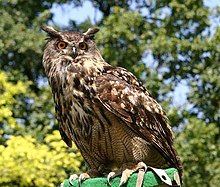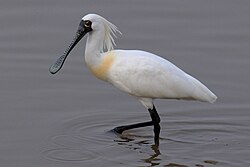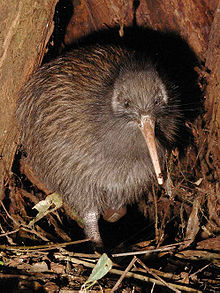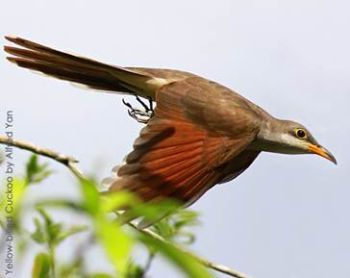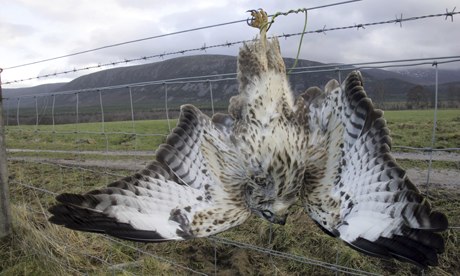Canadian scientists publish first-ever human-related bird mortality estimates
December 2013: Scientists with federal government ministry Environment Canada have found that human-related activities destroy roughly 269 million birds and two million bird nests in Canada each year.
Over the past four years, a team of 20 Environment Canada scientists conducted extensive analyses that enabled them to release the first-ever estimates of annual bird mortality from human-related sources.
“Because birds are excellent indicators of biodiversity, the newly-released articles from Environment Canada highlight areas where broader biodiversity may be impacted,” said Dr George Finney, President of Bird Studies Canada. “These results provide a crucial first step toward understanding the relative importance of bird mortality factors, and will inform future research directions, conservation actions and policy decisions.”
Some 99 percent of human-related bird deaths are caused by feral and pet cats, and collisions with buildings, vehicles, and electricity transmission and distribution lines. Cats appear to kill as many birds as all other sources combined. Feral and pet cats are believed to kill more than 100 million birds per year in Canada. An estimated 60 percent of those are killed by feral cats. Bird species that nest or feed on or near the ground are particularly vulnerable to cat predation.
“We are deeply troubled by the disquieting research published today on the number of birds killed every year in Canada due to human-related activities,” said Ian Davidson, Executive Director of Nature Canada. “Fortunately, there are concrete and sensible ways that people and governments can prevent the needless death of birds, especially now during the migratory season.”

